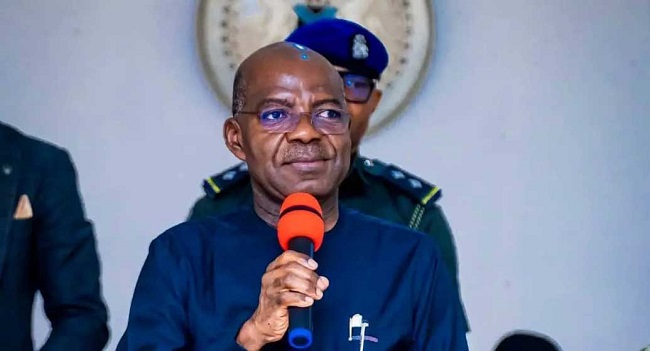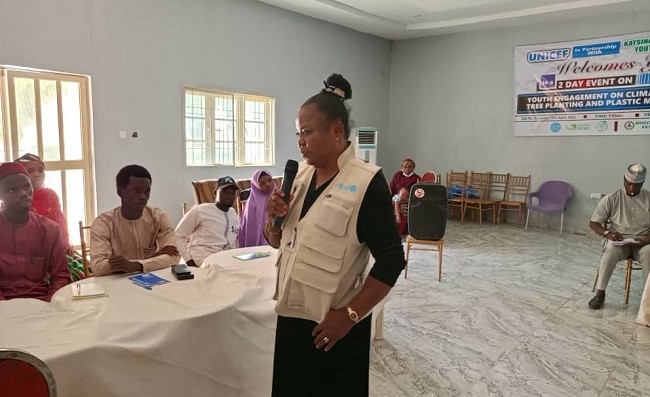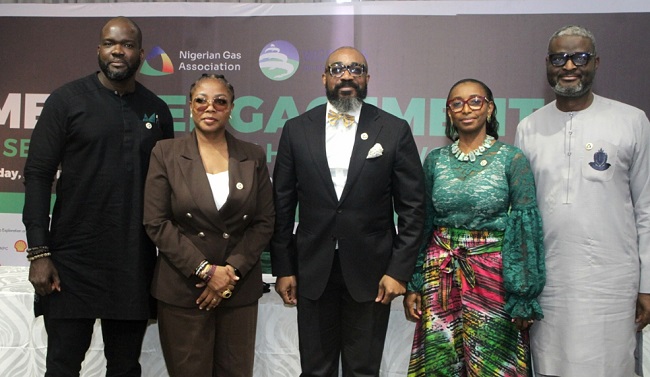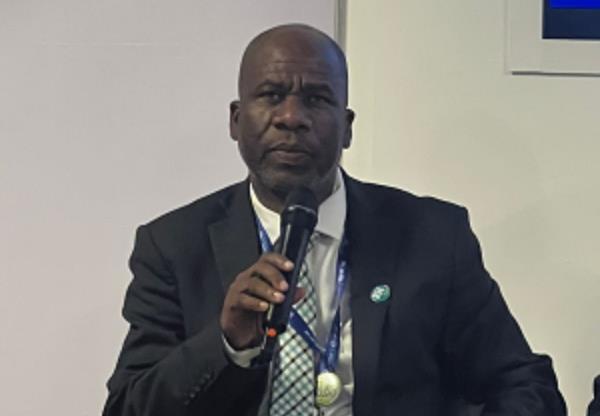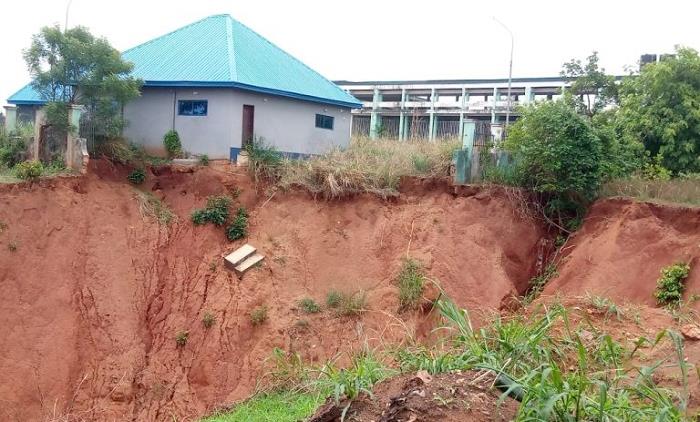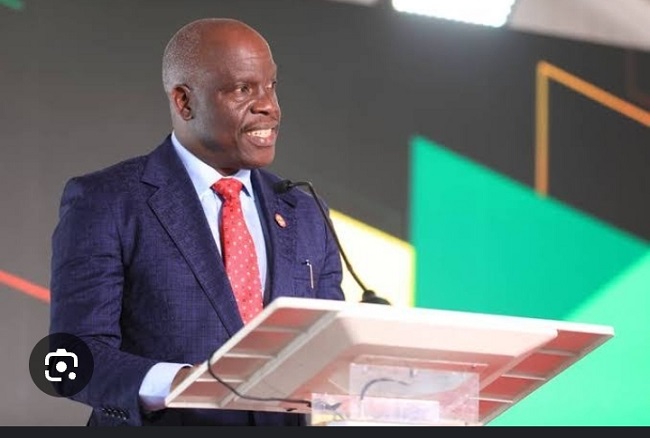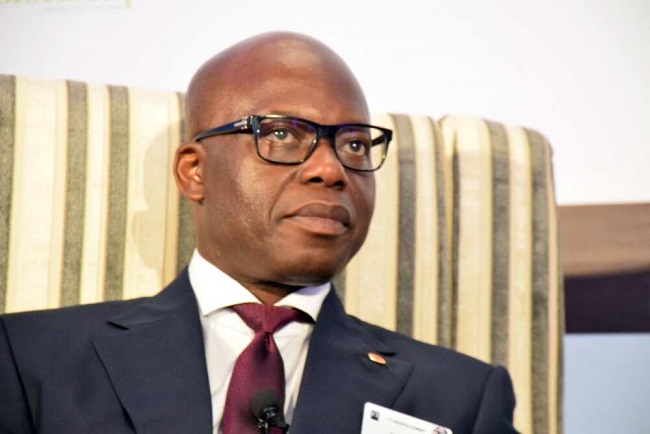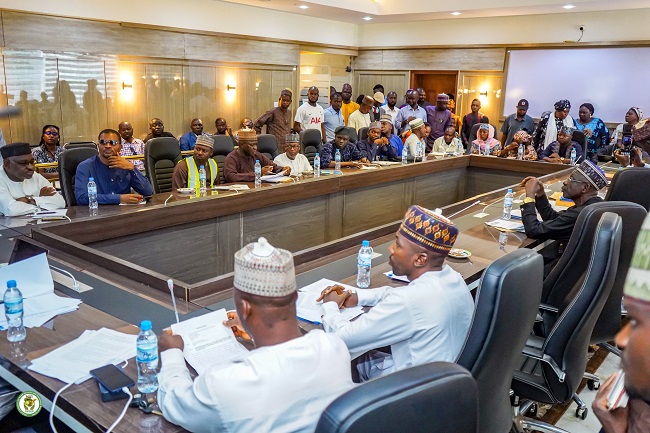The number of fungi species on the IUCN Red List of Threatened Species™ has surpassed 1,000, confirming that deforestation, agricultural expansion and urban development are driving these species to decline worldwide. The update also reveals that frankincense trees face an increasing risk of extinction, and new Green Status assessments show the impact of conservation on species including the lion.
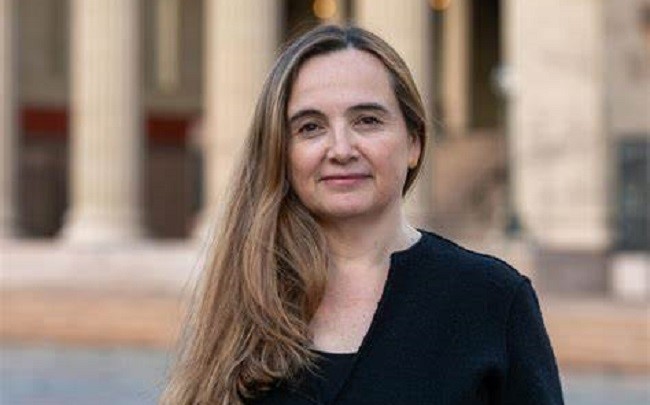
The IUCN Red List now includes 169,420 species, of which 47,187 are threatened with extinction. The addition of 482 newly assessed fungi species brings their number on the IUCN Red List to 1,300, of which at least 411 are at risk of extinction.
“Fungi are the unsung heroes of life on Earth, forming the very foundation of healthy ecosystems – yet they have long been overlooked. Thanks to the dedication of experts and citizen scientists, we have taken a vital step forward: over 1,000 of the world’s 155,000 known fungal species have now been assessed for the IUCN Red List of Threatened Species, the most comprehensive source of information on extinction risk. Now, it’s time to turn this knowledge into action and safeguard the extraordinary fungal kingdom, whose vast underground networks sustain nature and life as we know it,” said Dr Grethel Aguilar, IUCN Director General.
Rapid growth of agricultural and urban areas has replaced fungi habitats, putting 279 species at risk of extinction. Nitrogen and ammonia run-off from fertilisers and engine pollution also threaten 91 species. These are serious threats in Europe, impacting species that are well-known in traditional countryside such as the Vulnerable fibrous waxcap (Hygrocybe intermedia).
At least 198 species of fungi are at risk of extinction due to deforestation for timber production, illegal logging, and clearing for agriculture. Clear-cutting of old-growth forests is especially damaging, destroying fungi that do not have time to re-establish with rotation forestry. Thirty per cent of old-growth pine forests across Finland, Sweden and Russia have been cut down since 1975, pushing species such as giant knight (Tricholoma colossus) to become Vulnerable.
Climate change is impacting fungi. Over 50 fungi species are at risk of extinction due to changes in fire patterns in the USA, which have drastically changed forests. Firs have grown to dominate the high Sierra Nevada mountain woods since 1980, reducing habitat for Endangered Gastroboletus citrinobrunneus.
“While fungi mainly live hidden underground and inside wood, their loss impacts the life above-ground that depends on them. As we lose fungi, we impoverish the ecosystem services and resilience they provide, from drought and pathogen resistance in crops and trees to storing carbon in the soil,” said Professor Anders Dahlberg, Red List Authority Coordinator of the IUCN SSC Mushroom, Bracket and Puffball Specialist Group. “It is important that more old-growth forests are protected. Forestry practices should consider fungi, for example leaving dead wood and scattered trees, and proactive forest management can help manage fire intensity.”
Fungi constitute their own kingdom, distinct from animals and plants. They are the second biggest kingdom after animals, with an estimated 2.5 million species, of which around 155,000 are named. They underpin all ecosystems; most plants partner with fungi to take in nutrients, and therefore cannot exist without them, and they make decomposition possible. Many are edible, used in food and drink production including fermentation, form the basis of medicines, and support bioremediation efforts to clean contaminated sites.
Local action holds solutions as frankincense trees move closer to extinction
This update reveals that five species of frankincense (Boswellia) on Socotra Island, Yemen, have moved from Vulnerable to Endangered, one from Vulnerable to Critically Endangered, and three species have been assessed for the first time as Critically Endangered. Saplings are grazed on by goats, and struggle to flourish in prolonged droughts. While goats have been part of Socotra’s herder tradition for thousands of years, the decline of traditional rotational grazing and the growing size of herds in the past century have increased foraging pressure. More frequent and intense cyclones, flash floods and landslides, such as those seen in 2015 and 2018, have damaged and uprooted many trees.
“Frankincense trees are very important to our culture on Socotra, which is home to the highest diversity of frankincense species per square kilometre in the world. Through building fences around young trees, local communities can protect them from goats, and produce frankincense honey for additional income. As extreme weather hits the island, local action is essential to secure the future of Socotra’s frankincense trees,” said Mr. Mohammed Amer, local Boswellia expert who contributed to the Red List assessments and manages the project to conserve these trees on Socotra.
One of the most valuable commodities of the ancient world, today the use of frankincense is well-managed on Socotra. Indigenous people use the resin and bark, for example in traditional medicine and religious practices. It is essential that the use of Socotra’s frankincense remains local and proportionate to the rarity of the trees.
Green Status shows lion needs intensified conservation
There are now over 100 IUCN Green Status of Species assessments on the IUCN Red List. The Green Status complements the IUCN Red List by providing a tool for assessing the recovery of species and measuring their conservation success. The first Green Status assessment for the lion (Panthera leo) shows that it is Largely Depleted, while the species remains Vulnerable on the IUCN Red List.
The Green Status assessment shows that human impacts are preventing the lion from being fully ecologically functional across its range, as the species declines across large areas and is extinct from North Africa and Southwest Asia. However, the assessment also shows that conservation has prevented likely extinctions from West and Southern Central Africa, South Africa and India. Intensified efforts are needed to maintain the existing population as human settlements across its range continue to grow.
“The latest update of the IUCN Red List features new and revised assessments of Socotran frankincense trees (Boswellia), once again emphasising that tropical islands host the highest proportion of threatened tree species worldwide. Meanwhile, significant local conservation efforts are being implemented to protect these vital multi-purpose trees and promote their sustainable use,” said Dr Malin Rivers, Head of Conservation Prioritisation at Botanic Gardens Conservation International.
“Frankincense trees symbolise the uniqueness of Socotran biodiversity and the status of the island as a World Heritage site. But, like many other tree species around the world, these iconic trees face several threats, in particular from livestock. Since 2020, Fondation Franklinia has been supporting work on the ground by local dedicated people using several approaches to protect the seedlings; it is not good news to see that the situation keeps deteriorating.
“To save these species, it is urgent to reduce grazing impacts and focus on traditional sustainable grazing practices. That is probably the only way for Socotran people’s children to continue to enjoy their unique natural heritage,” said Jean-Christophe Vié, Director General of Fondation Franklinia, which has supported the Boswellia Red List assessments and conservation action for these species.
“Fungi are a vital yet often invisible part of biodiversity, supporting ecosystems in ways we are only beginning to understand. The addition of 1,000 fungal species to the IUCN Red List highlights their importance – and the urgent threats they face. With better data, we can take meaningful action to protect fungi, ensuring the health of the plants, animals, and ecosystems that depend on them,” said Dr Anne Bowser, Chief Executive Officer at NatureServe.
“It’s encouraging to have more than 100 IUCN Green Status of Species assessments published only three years after it was introduced as a new global standard, with hundreds more in the pipeline. The example of the lion demonstrates the power that the additional Green Status data provides, given that we now have data about where local extinction was likely prevented due to conservation efforts, which can help with future strategies to protect and recover the species,” said Dr Barney Long, Senior Director of Conservation Strategies for Re:wild.
“Kew mycologists are celebrating the fungal focus of the latest IUCN Red List update. This increase in representation of fungi on the Red List results from many years of collaborative work in building capacity of the mycological community to conduct fungal assessments. Kew is contributing to this global effort by assessing species and developing tools to accelerate Red Listing of fungi. More assessments are urgently needed across all fungal groups, to identify and mitigate the extinction risks faced by fungi,” said Susana Cunha, PhD student working on fungal conservation at the Royal Botanic Gardens, Kew.

